The crew of Odyssey 1 embarks on a perilous mission to Saturn’s moon Titan. After multiple deep hibernation cycles, an astronaut begins to lose his grip on reality. A film by Mikael Håfström, starring Casey Affleck, Emily Beecham, Tomer Capone, and Laurence Fishburne.
SLINGSHOT
Mikael Håfström
(2024)
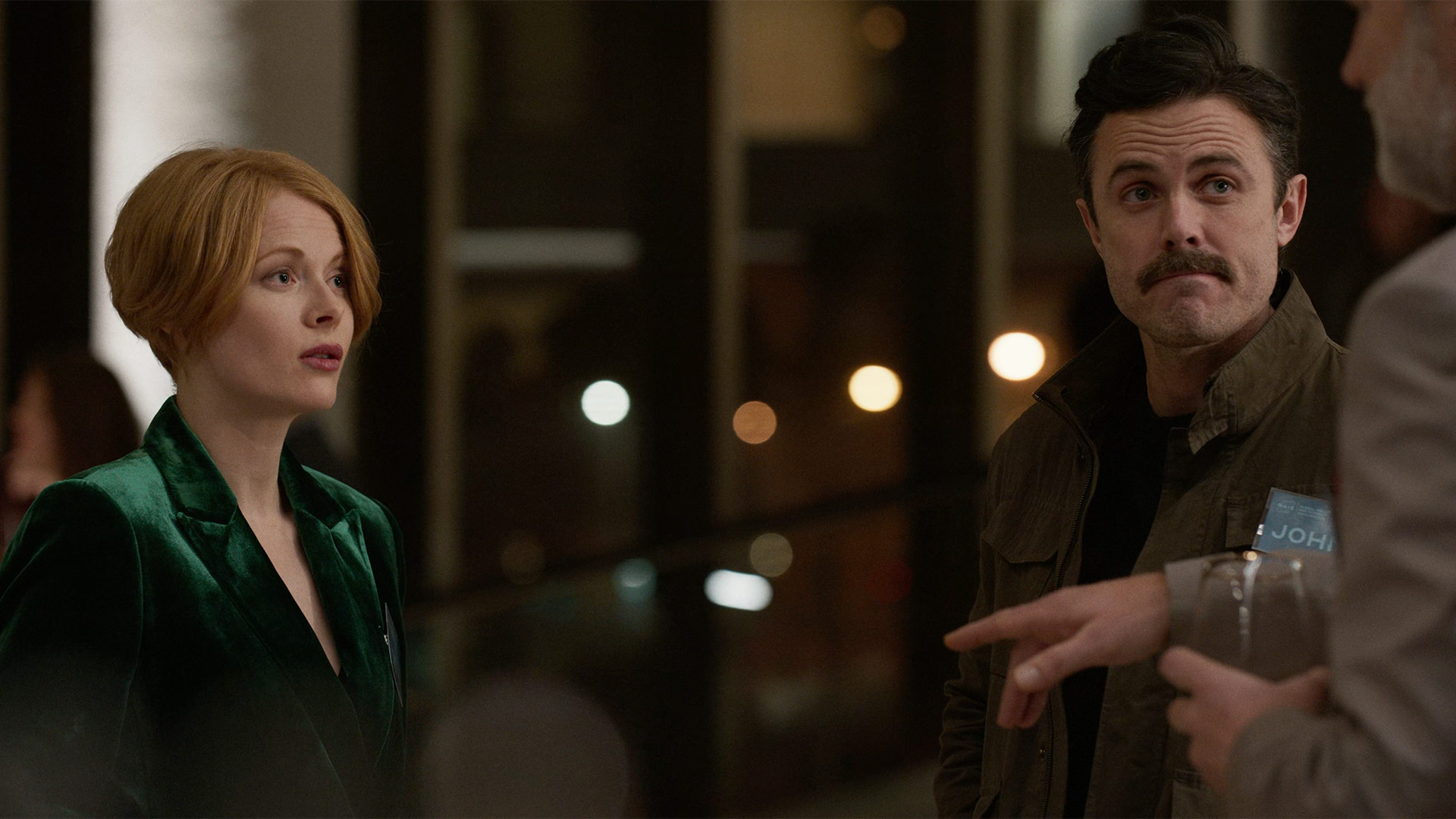
Sam Napier (David Morrissey) introduces Zoe Morgan (Emily Beecham), a member of the ATS team, to John (Casey Affleck), an astronaut corps candidate for the Titan mission. Later, Zoe encounters John several times, and the two grow closer and become intimate. Although Zoe believes that being in a relationship with John would be a bad idea — since they both know it cannot last, given that John has set his sights on the Titan mission as his ultimate life goal and is determined to complete it, fully aware that he may not be able to return — she finds herself drawn to him.
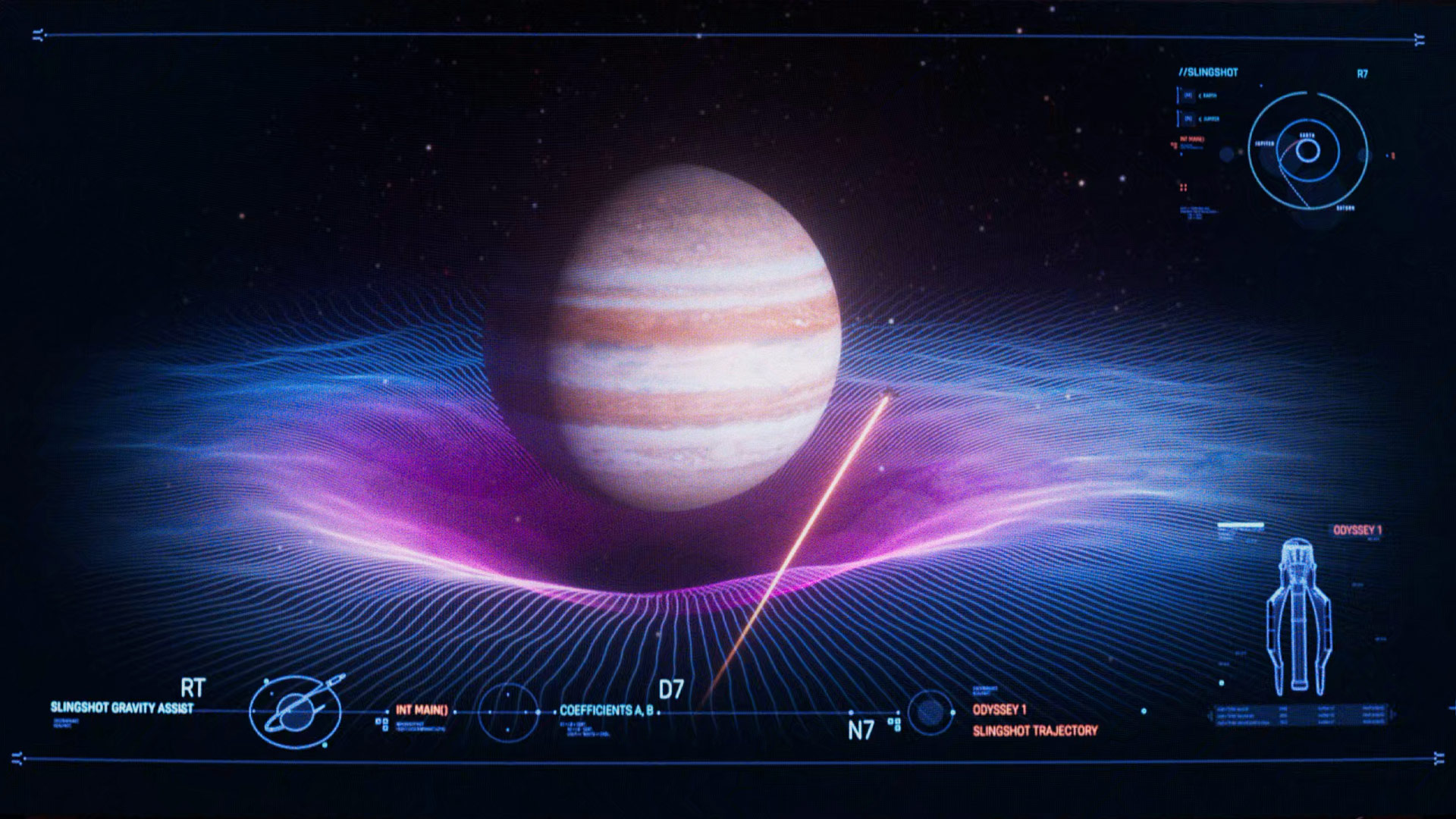
On Earth, climate change remains the primary threat to humanity’s long-term survival. Scientists have discovered an abundant supply of methane, a hydrocarbon and potent greenhouse gas, on Titan, the largest of Saturn’s 82 moons, located over a billion miles away. To reach this distant moon using the cutting-edge spacecraft Odyssey 1, they will utilize Jupiter’s orbital velocity, which orbits the sun at approximately 29,000 miles per hour, for a gravity assist or “slingshot,” giving Odyssey 1 a tremendous speed boost. Even with this slingshot maneuver, the journey will take years to reach Titan and harvest methane, which could create countless sources of clean energy for Earth.
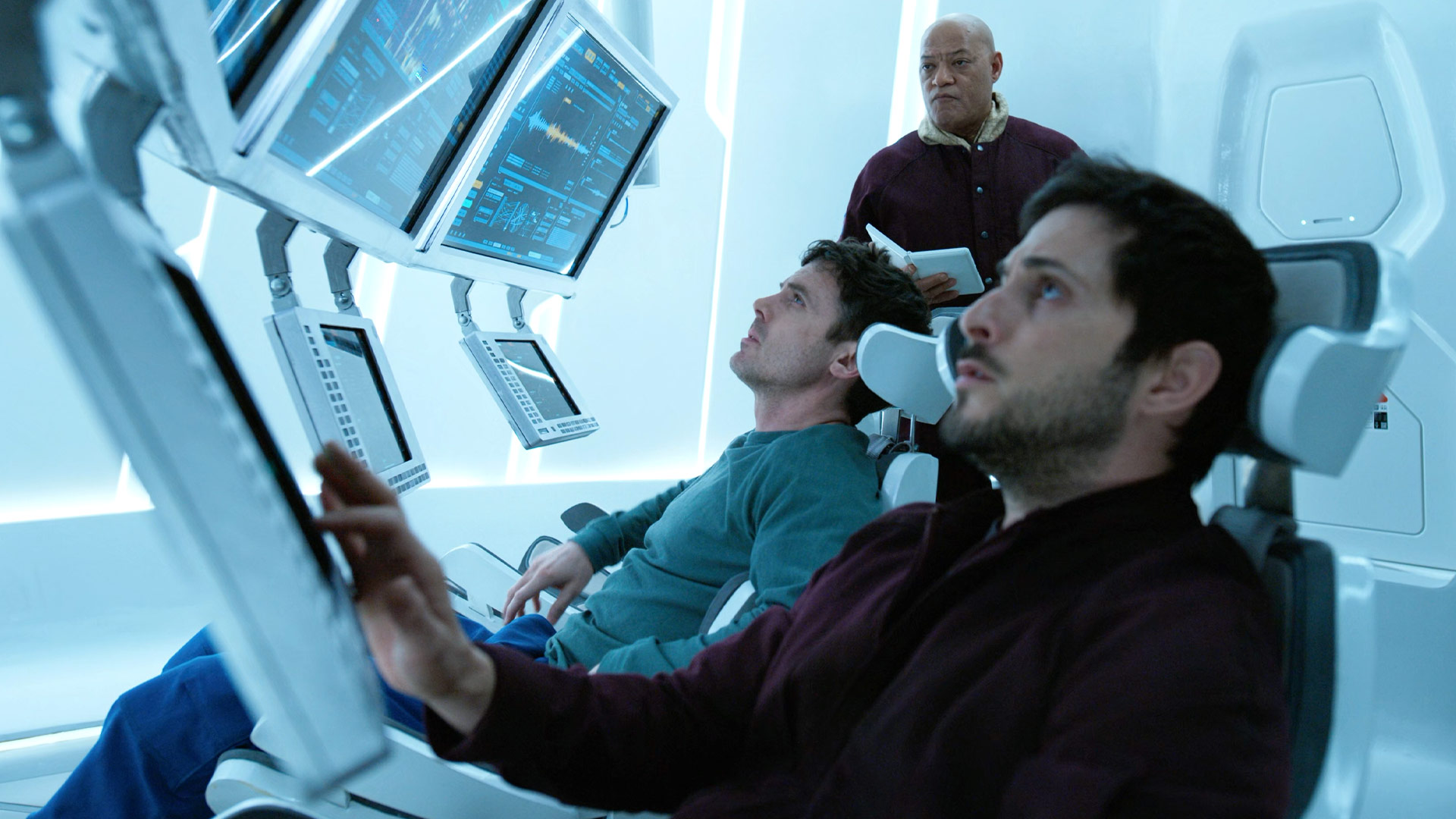
During the journey, the crew of Odyssey 1 must endure multiple deep hibernation cycles in which the sleep chamber administers special drugs to induce hibernation lasting 90 days. The crew awakens periodically to perform routine equipment checks and maintenance, including assessments of artificial gravity, thruster fuel levels, and communication with Houston, to ensure that the ship remains on course before returning to the sleep chamber. However, the drugs used to induce hibernation can produce mild side effects, including confusion, nausea, dizziness, and disorientation. The crew of Odyssey 1 consists of John, Captain Franks (Laurence Fishburne), and Nash (Tomer Capone), an aeronautics expert. When John awakens, he becomes frustrated as he feels disoriented and is unable to remember Zoe’s last name due to the side effects of the hibernation drugs.

In the next cycle, Captain Franks and Nash find John unconscious after being struck by a loose ceiling panel. When John regains consciousness, he asks Franks what happened to the ship, but Franks tells him that they still don’t know because John was the only one awake when it happened. John tells them that he heard the impact. He then climbs up into the hull where the panel fell and discovers that the ship’s interior is dented, as if something had crashed into it. However, when Nash reviews the exterior video feeds from the last three hours, everything appears normal. All systems, including life support, critical systems, thrusters, navigation, and artificial gravity, are fully operational, and diagnostics also show no signs of damage at all.
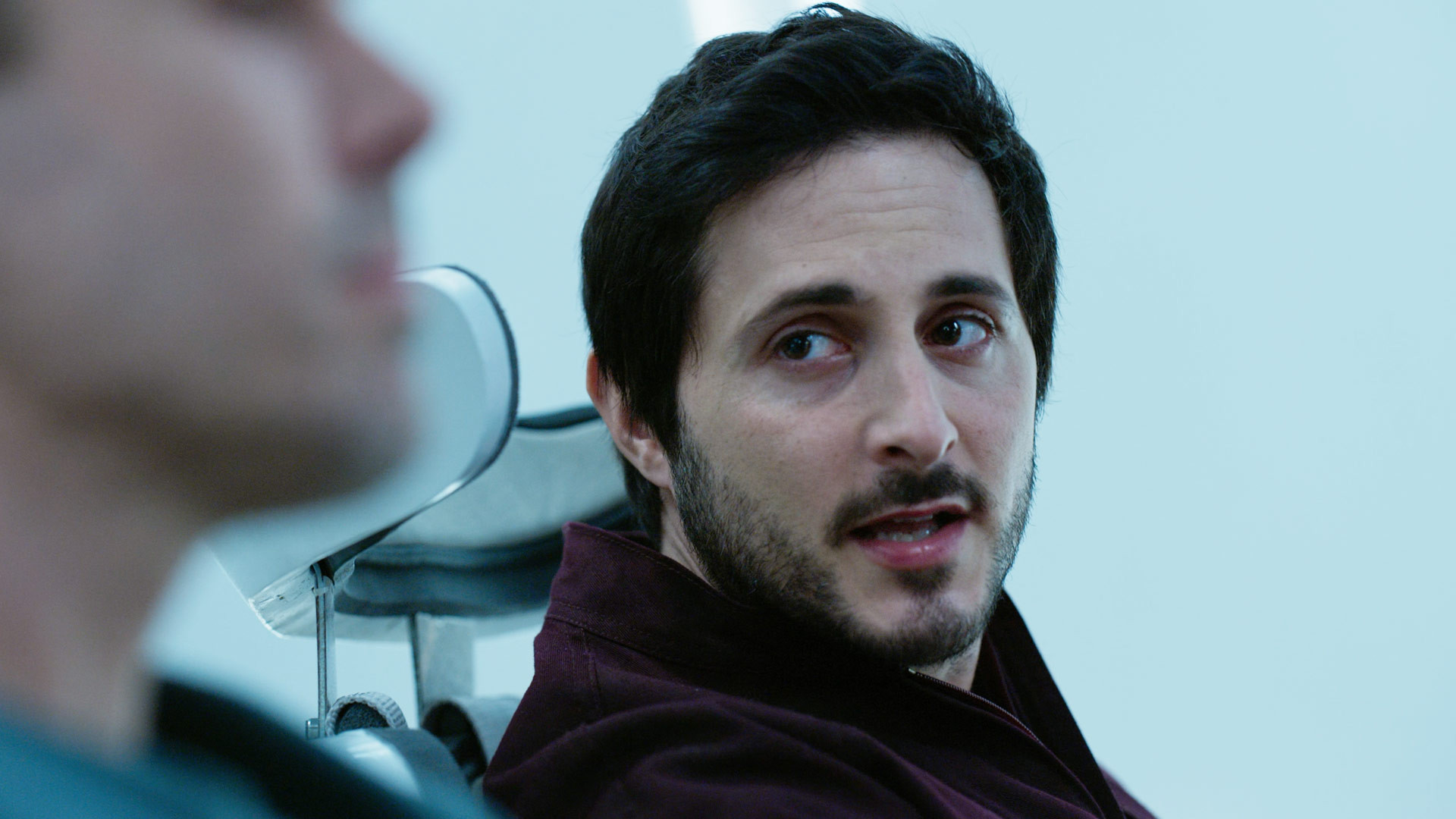
Nash becomes increasingly paranoid after Captain Franks decides that they should continue their mission, despite the computer not reporting any damage, including a significant dent that John discovered in the hull. Nash begins to suspect that there is something wrong with the computer and discusses his concerns with John, unaware that Captain Franks is listening.
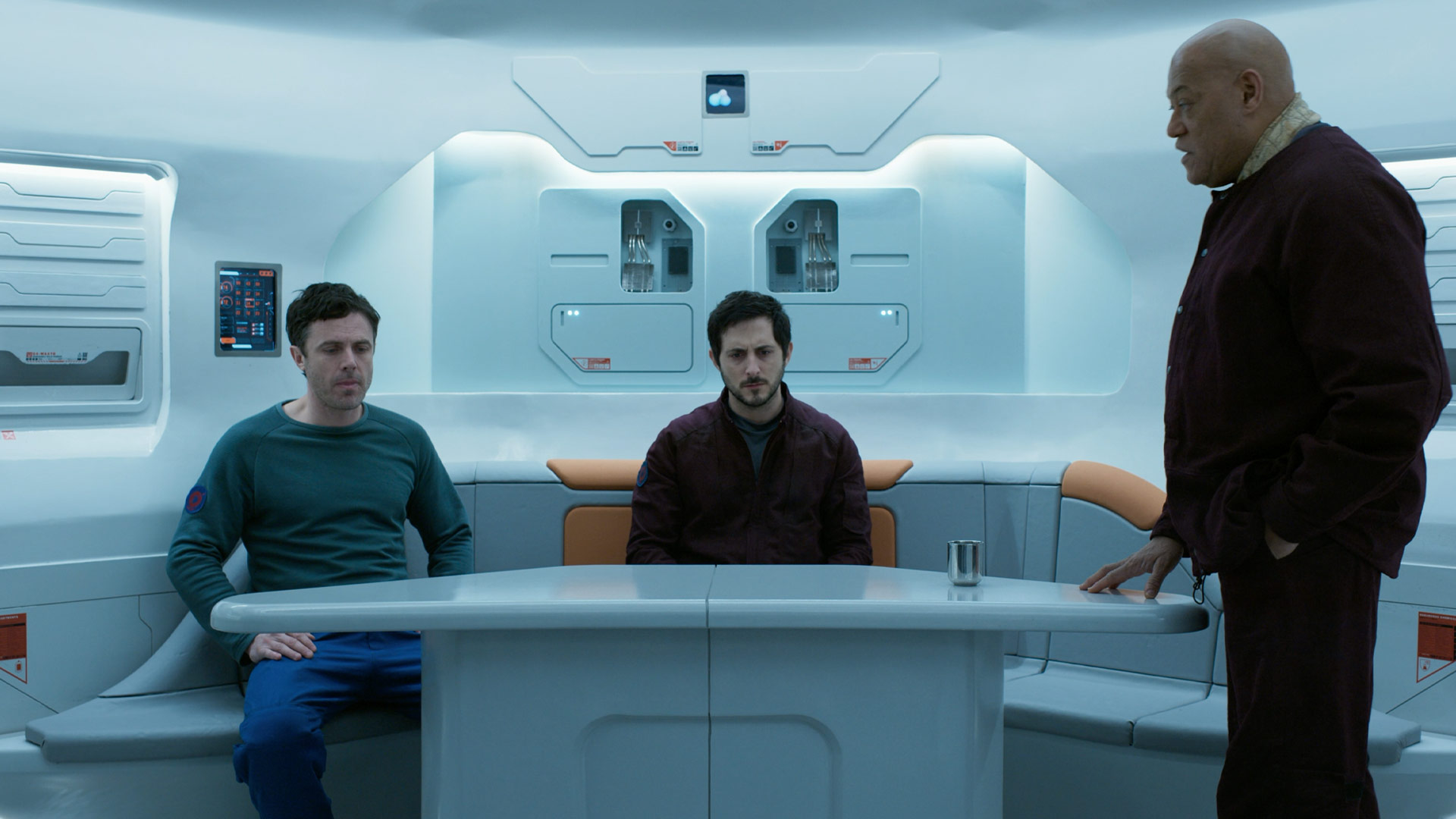
Captain Franks summons both Nash and John to the galley to discuss their concerns, and Nash realizes that Captain Franks has been listening to their earlier conversation. Nash becomes extremelly worried that the entire system may be compromised, fearing that if they attempt the slingshot maneuver when they reach Jupiter, they could experience explosive decompression and be blasted into deep space. However, without any concrete evidence or communication from Ground Control, Captain Franks concludes that the mission will continue as planned.
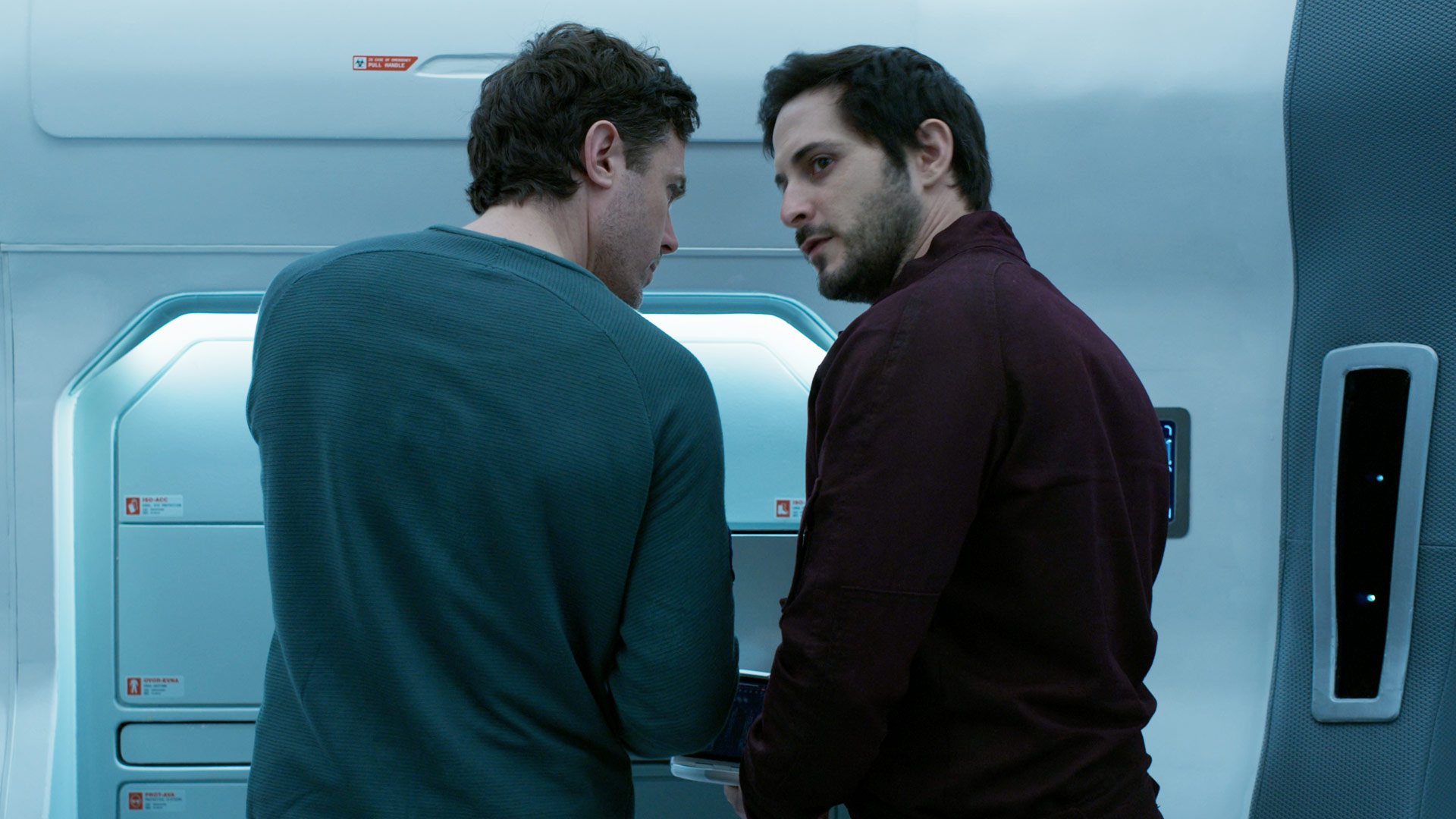
Just before John is ready to return to the sleep chamber, Nash asks him to set the sleep cycle to 89 days and 12 hours instead of the usual 90 days, claiming he has a plan to slingshot back to Earth instead of heading to Titan. Initially, John refuses to comply, as he sees Nash’s plan as an act of mutiny. However, Nash eventually convinces John to let him reset the sleep cycle after sharing the story of Tor Ice Station. He promises that if the ship shows no further evidence of damage, they will stick to the original flight plan. This scene feels unconvincing and almost annoyingly unrealistic, especially since it follows their realization that Captain Franks was listening to their earlier conversation. There’s no way Captain Franks isn’t listening to this one as well.
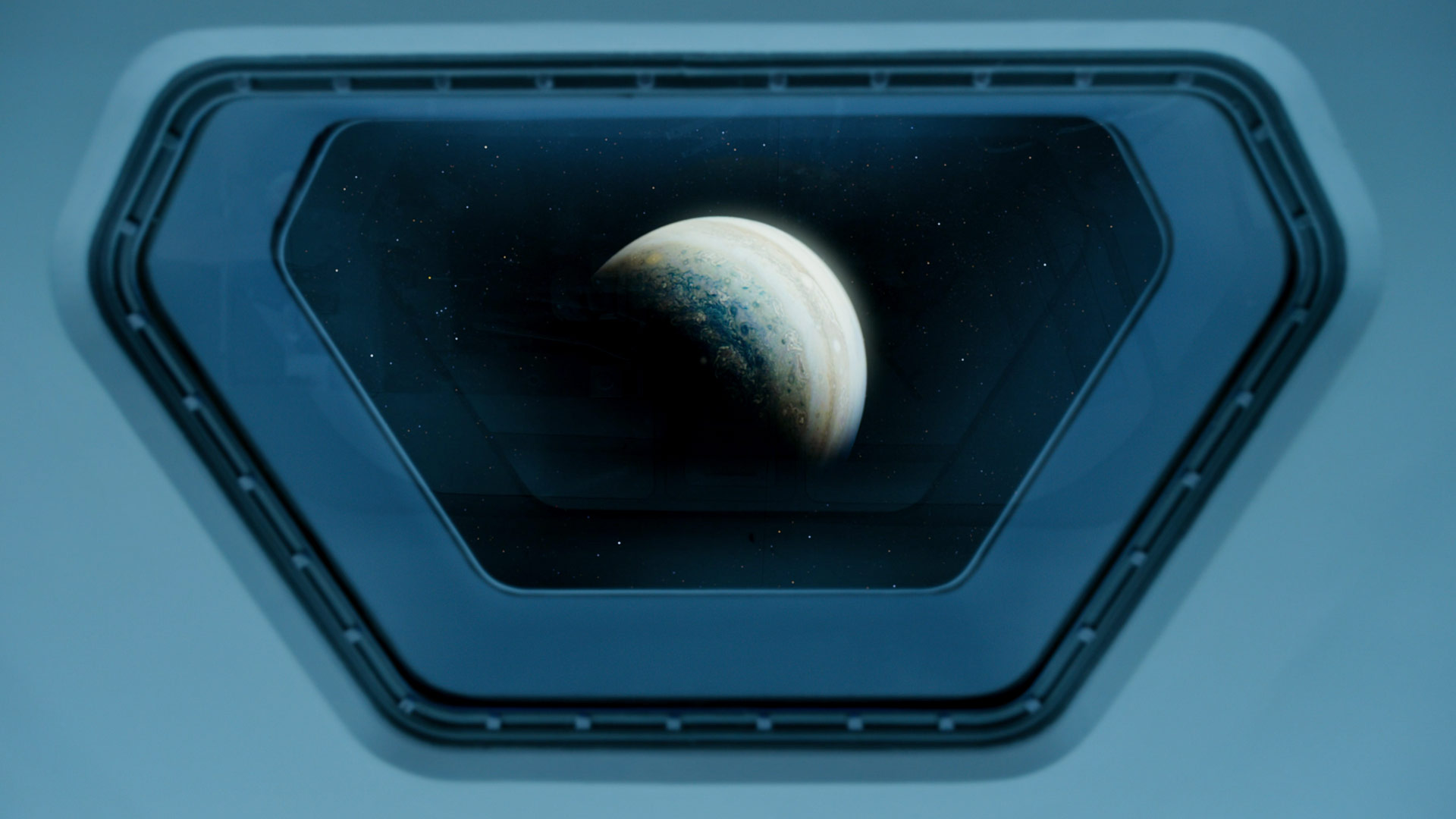
Directed by Swedish filmmaker Mikael Håfström and based on an original screenplay by R. Scott Adams and Nathan Parker, Slingshot is a science fiction film with an intriguing premise: Earth sends the spacecraft Odyssey 1 to Titan on a mission to harvest its abundant methane supply, which is vital for humanity’s long-term survival.
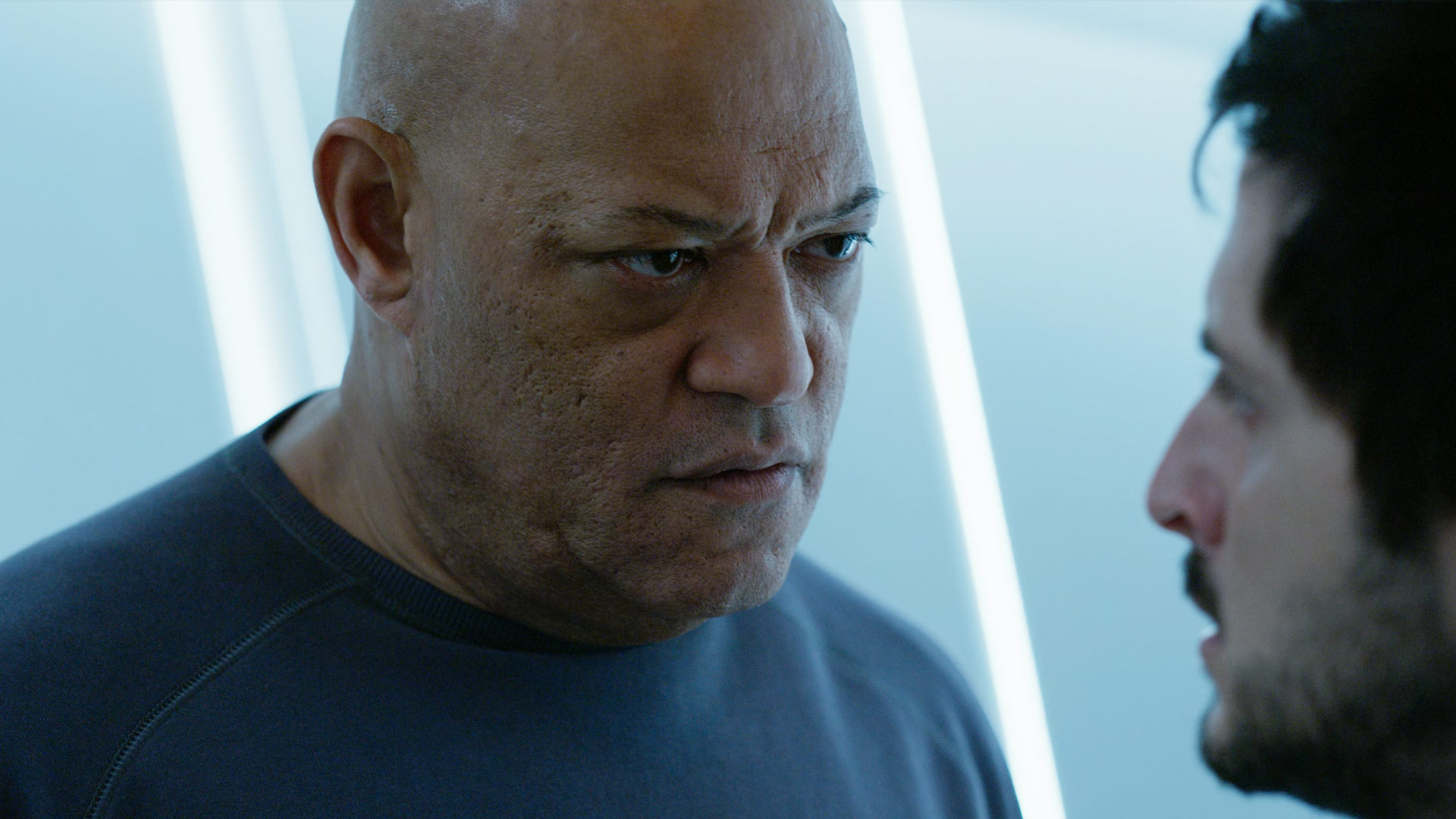
Captain Franks, portrayed by Laurence Fishburne, is arguably the most compelling character in the film. Fishburne delivers an outstanding performance as a malevolent force driving the narrative forward. He appears to be the only crew member who fully comprehends the gravity of their mission, prioritizing it above all else. I enjoyed the ambiguity surrounding Captain Franks’ true intentions; it left me questioning whether he is genuinely who he claims to be or if he is somehow possessed by an unknown entity lurking in deep space.
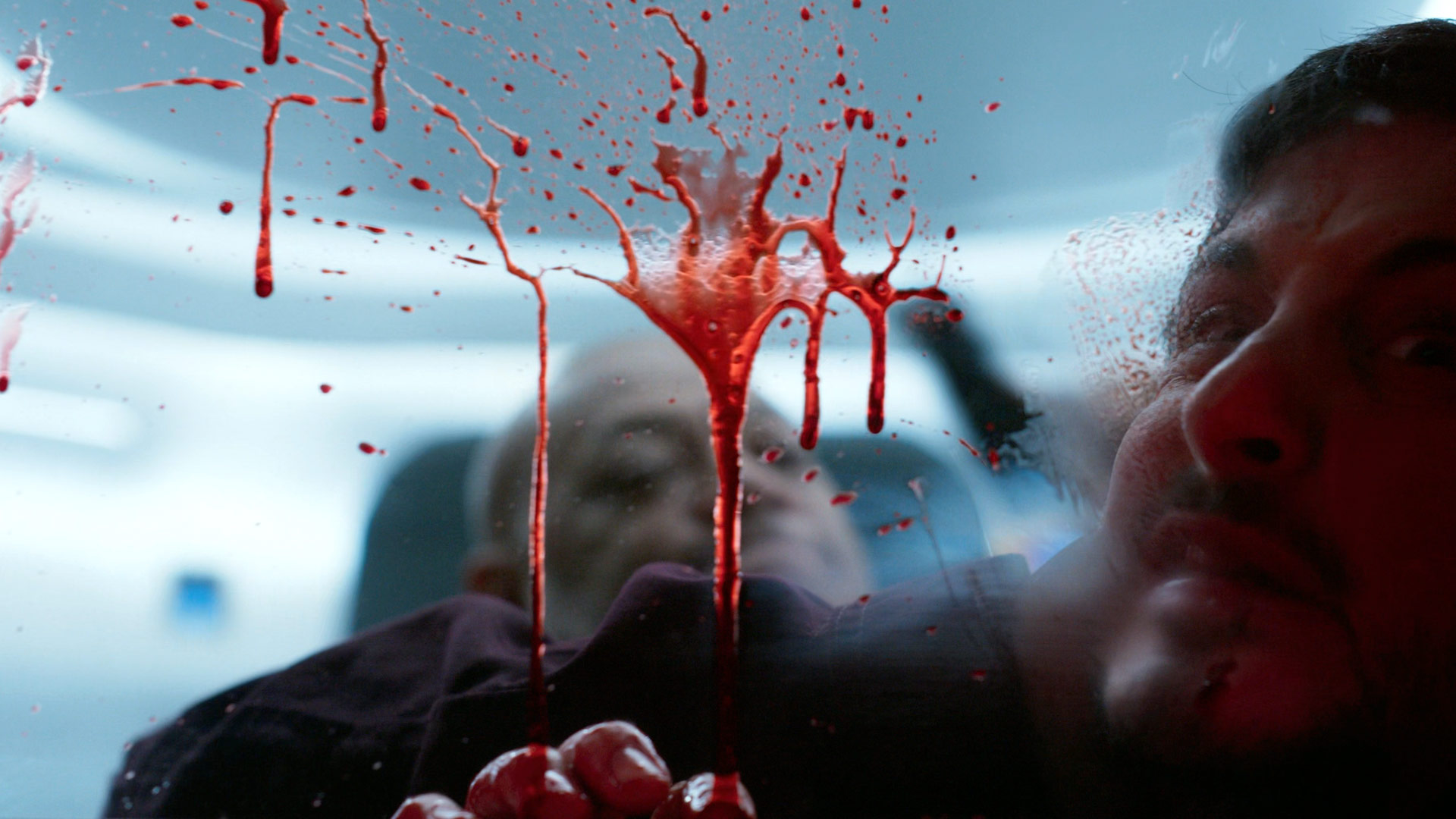
However, Laurence Fishburne alone couldn’t save this film. As I continued watching their journey, I realized that the story is not truly about saving Earth, a malfunctioning spacecraft, or an external threat. Instead, it focuses on the psychological effects of the drugs administered by the hibernation machine to the crew.
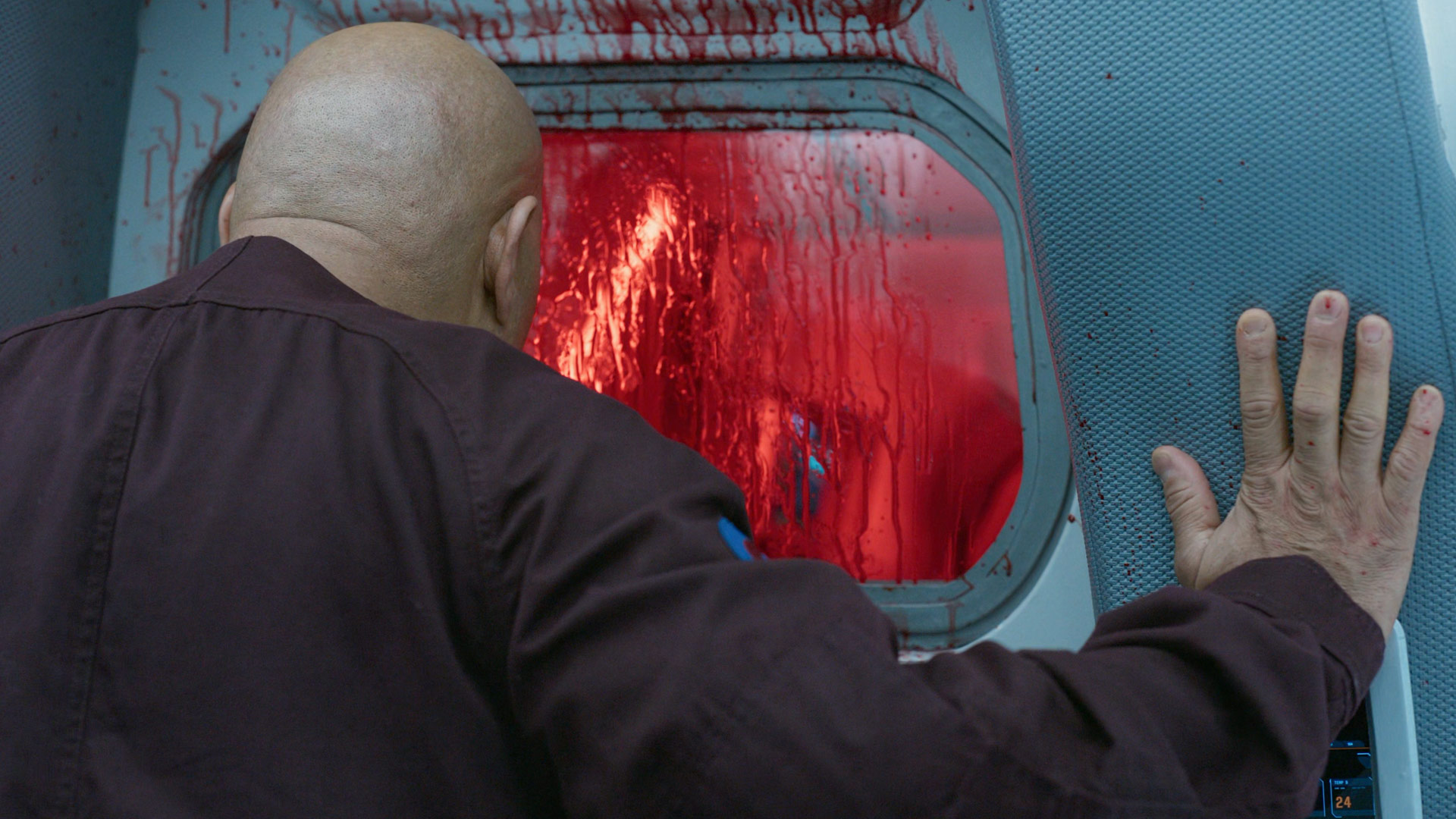
The film also suffers from numerous irrelevant flashback scenes that distract viewers from the ongoing events and fail to contribute meaningfully to character development or narrative progression. John, played by Casey Affleck, is supposed to represent the elite of the astronaut corps — someone who has passed rigorous physical and mental tests and is chosen to complete this critical mission. However, he ultimately breaks down both mentally and emotionally, choosing instead to believe in a narrative of his own imagination.
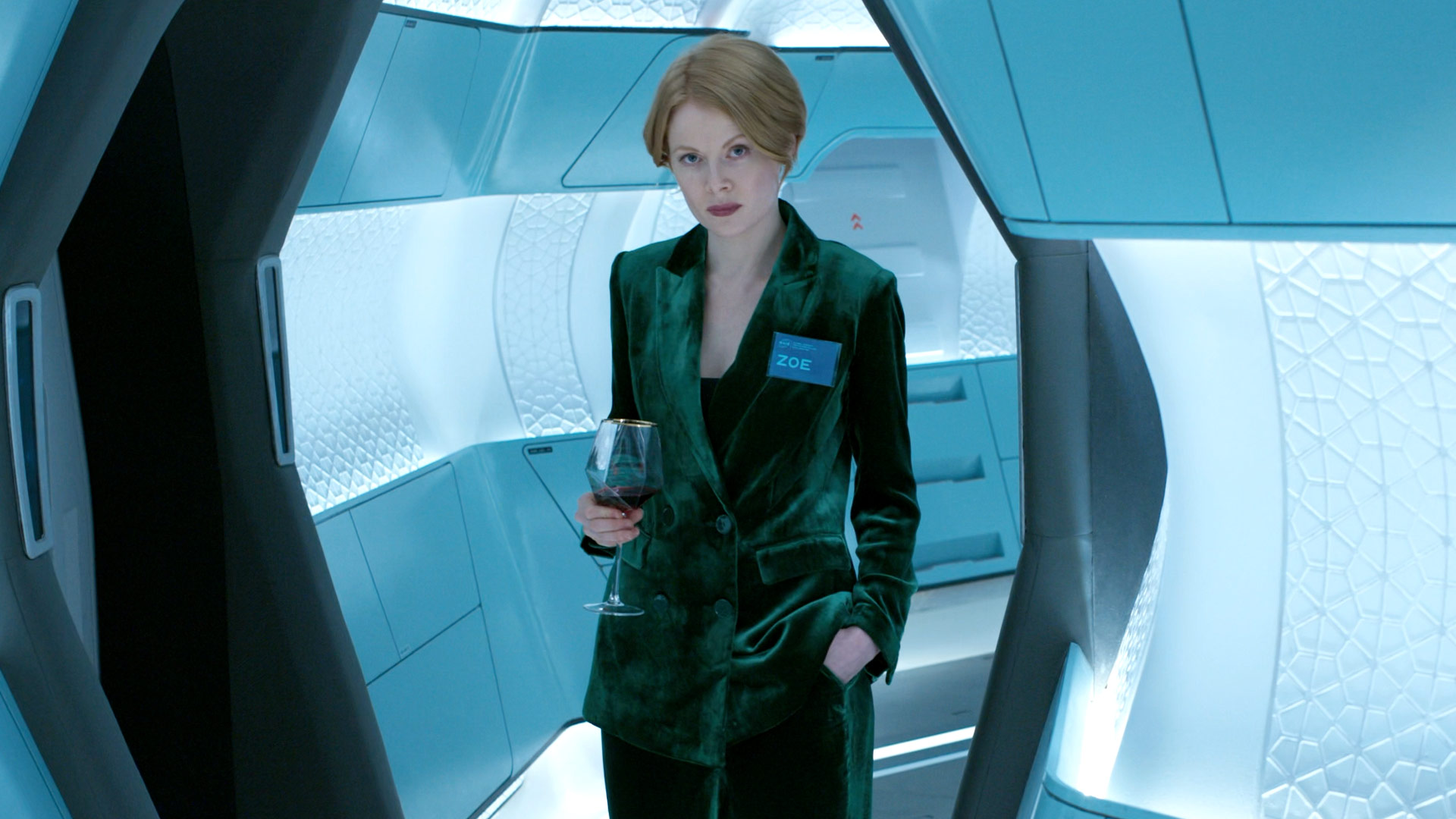
There are several elements in this film that come across as illogical and irrational. Initially, I struggled to understand why Nash was selected for this mission; his mindset — abandoning the mission due to unfounded fears about the ship’s integrity — would likely disqualify him from passing any psychological evaluation. I mean, the crew of Odyssey 1 must obviously understand the gravity of their mission and know that they might not make it back to Earth even if the mission is accomplished. Then it occurred to me that perhaps he isn’t real, similar to several scenes where John hallucinates due to drug effects and sees Zoe aboard the ship.
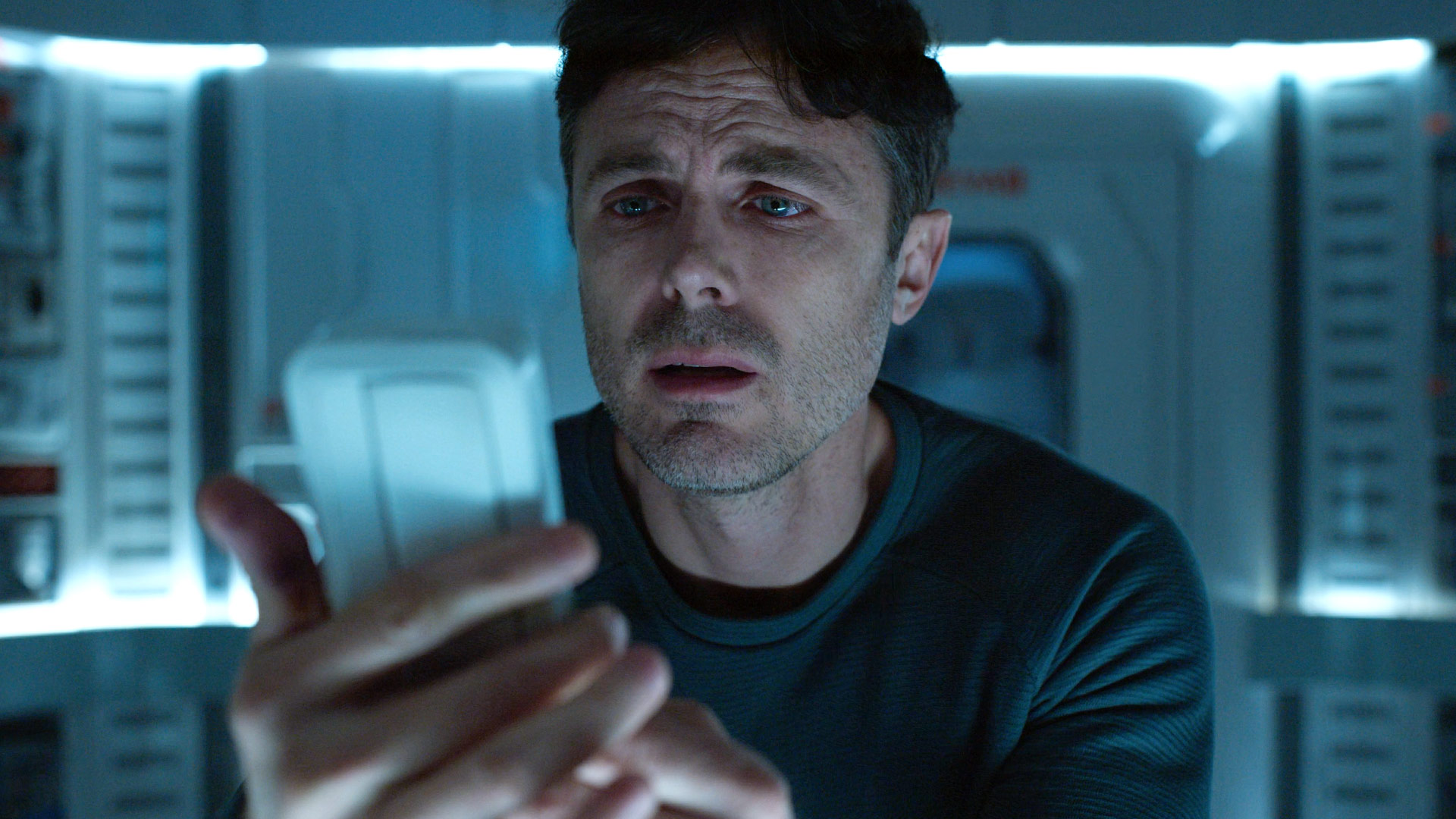
When the film finally reveals the truth about Odyssey 1 mission, I felt underwhelmed and disappointed. It was frustrating to think that Nathan Parker, co-writer of this screenplay and known for MOON, one of my favorite films and arguably one of the best science fiction films ever made, could produce something so lackluster.
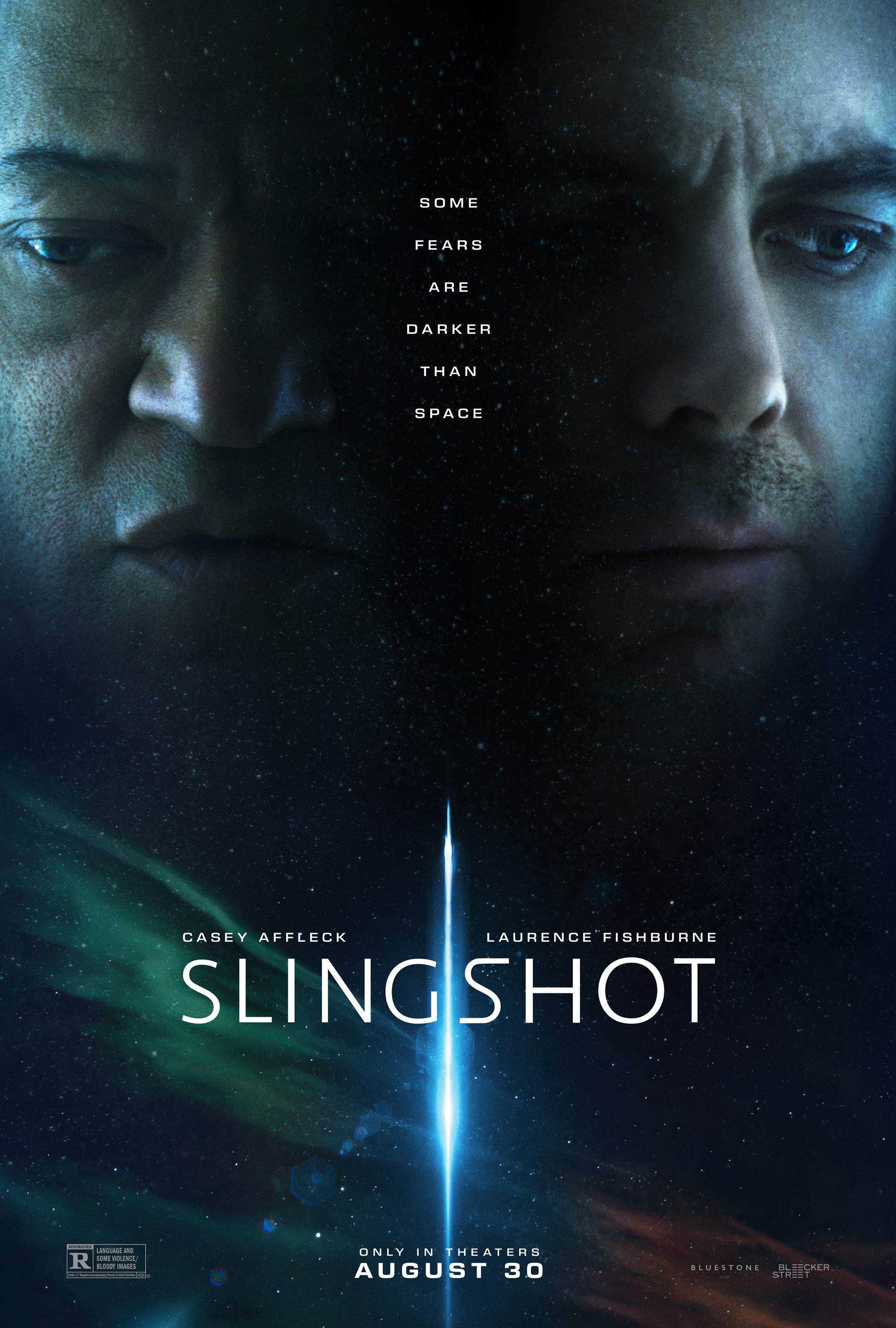
SLINGSHOT was theatrically released in the United States on 30 August 2024.




